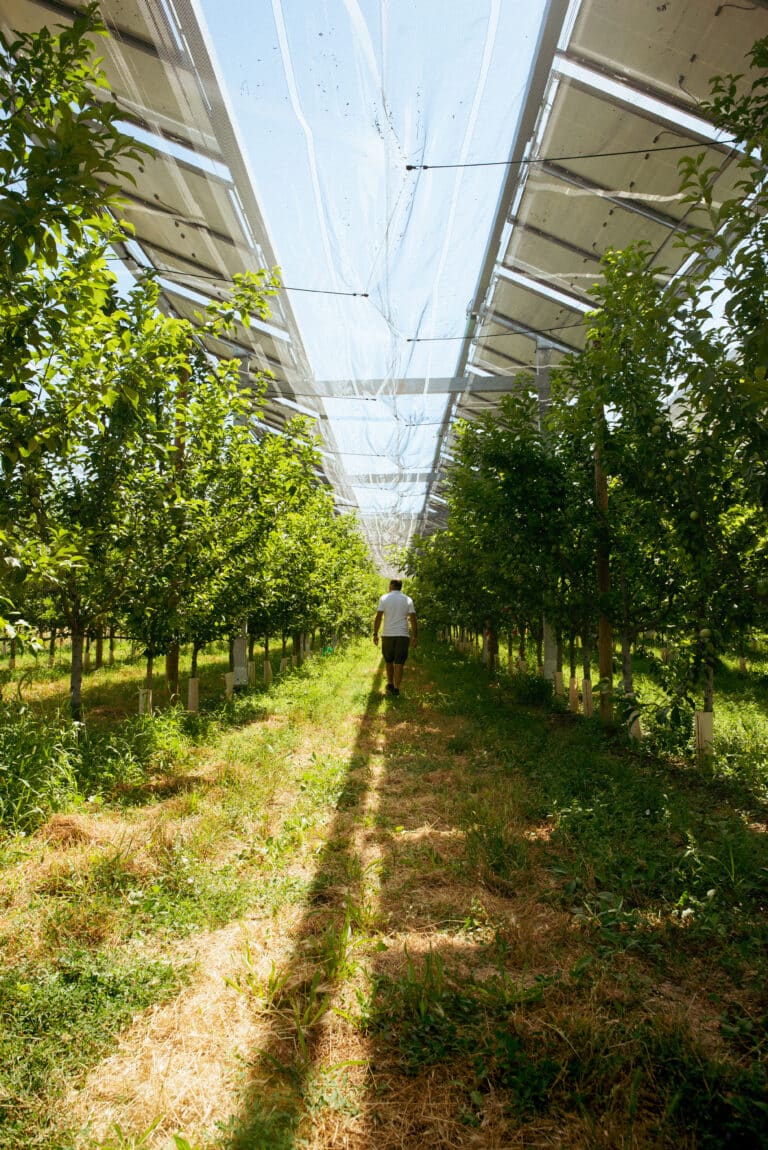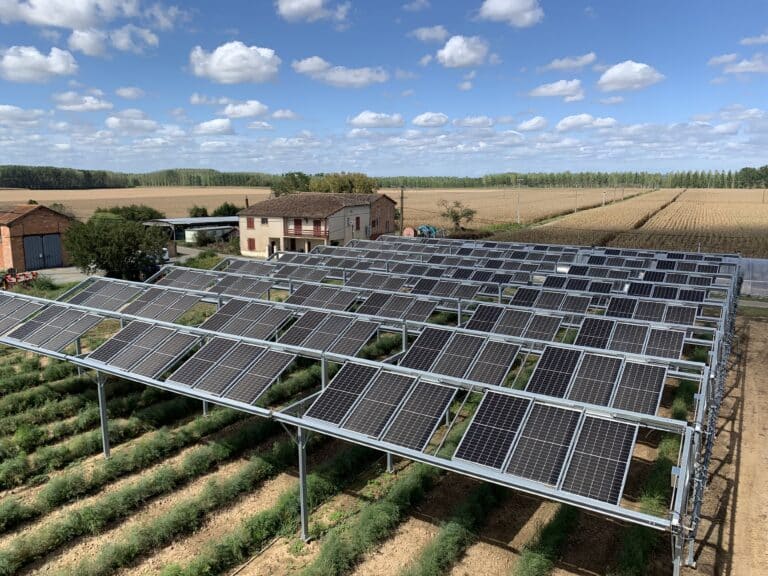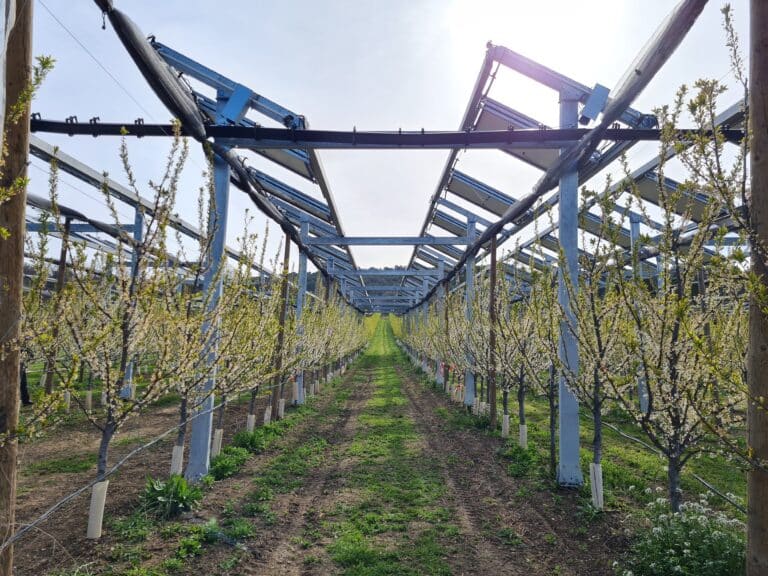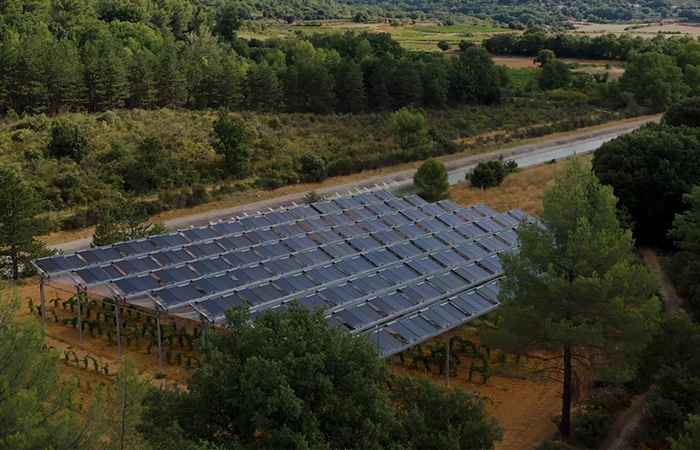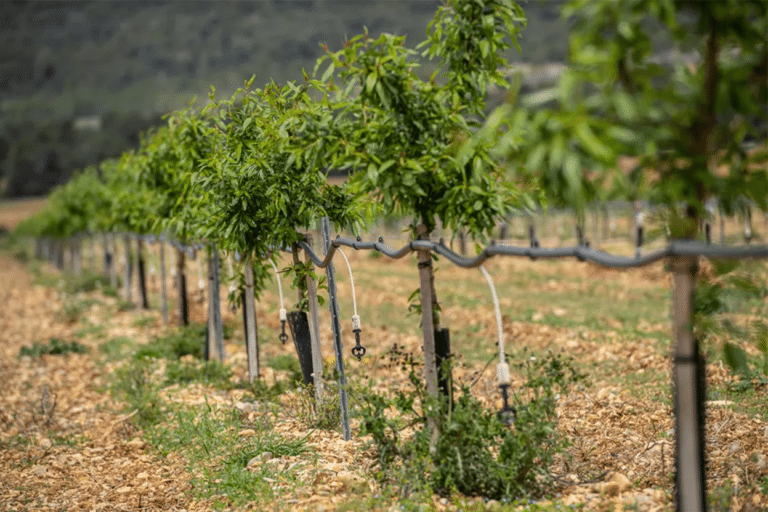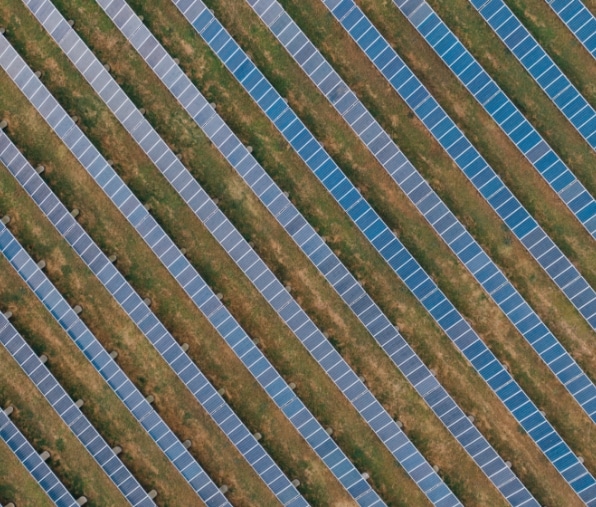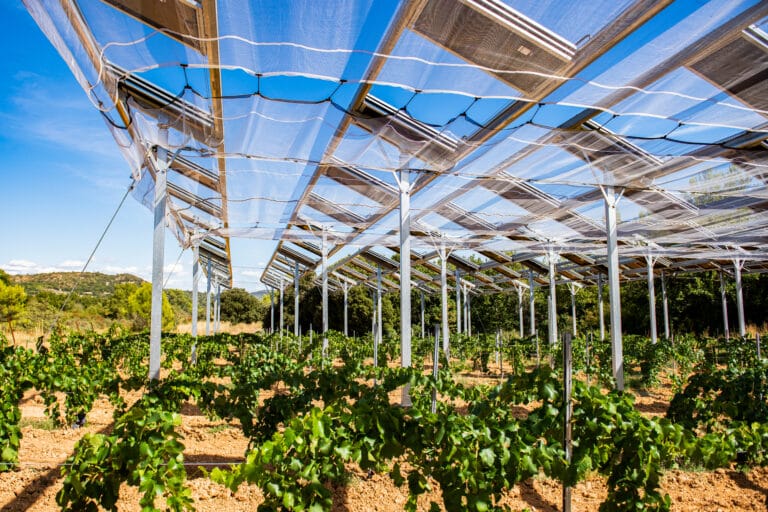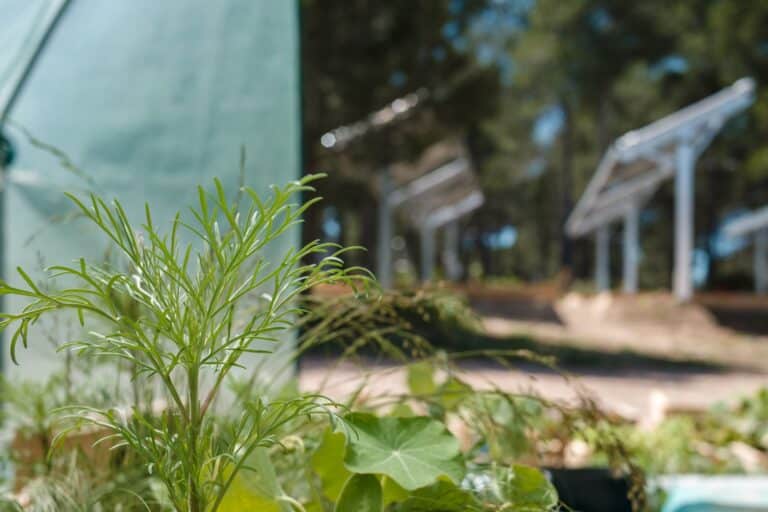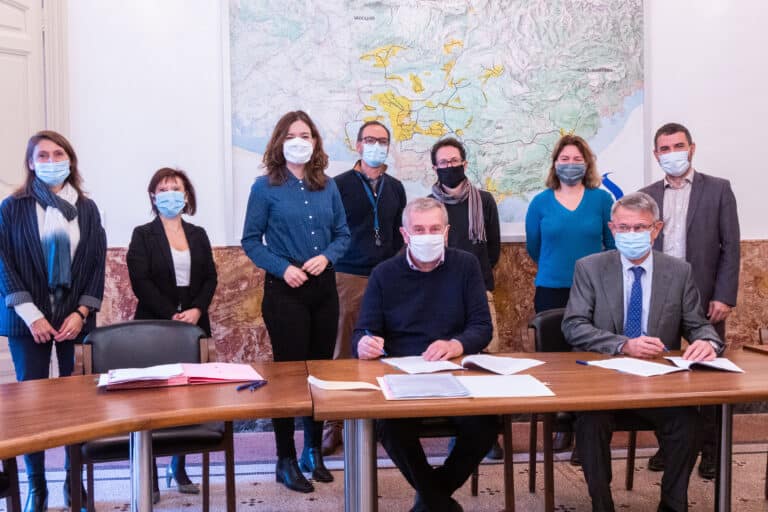The current situation is simple: we lack certain references about the the impact of agrivoltaic systems on biodiversity. To better understand lhe implications ofagrivoltaics on soil quality, Ombrea aims to explore the little-known aspects of this emerging interaction. Capturing and analyzing detailed data in this domaine motivates our efforts to better understand the relationship between soil quality and agrivoltaics.
What the Renewable Energy Production Acceleration Act (APER) says
The APER law, enacted on March 10, 2023, aims to regulate and facilitate the production of renewable energies in France. For the first time, it provides a clear definition of agrivoltaics, a little-known sector. An agrivoltaic installation must provide at least one of the following four services:
Improving agronomic potential and impact
Adapting to climate change
Protection against climatic hazards
Improving animal welfare
The first point is to improve the agronomic quality of the soil, and protect or even improve agricultural yields. Failing this, the agrivoltaic plant must enable a trend decline in yield to be maintained or reduced. "Any installation that brings agricultural land that has been idle for more than five years back into use can also be considered as improving the agronomic potential of the soil" (source: Gossement Avocats).
How to track the impact ofagrivoltaics on soils
Althoughessential for agricultural productivity and ecosystem balance, soil quality remains relatively unexplored in the specific context of agrivoltaic systems..
At Ombrea, we want to make this a priority. The first step is to define the indicators that will be carefully monitored on the plots. This will enable us to assess the soil's agronomic potential. These indicators, validated by the scientific community and including the physical, chemical and biological aspects of soils, will enable us to know :
- The reservoir of chemical elements as well as the physical and chemical characteristics of the soil thanks to physical-chemical soil analyses.
- Soil conservation for biodiversity and cultivation in the short, medium and long term, as well as the carbon cycle (storage, recycling, transformation) by monitoring carbon and nitrogen indicators.
- Biodiversity, the transformation of elements in the soil and water infiltration, thanks to the monitoring of microbiological bioindicators and soil fauna.
Several of them are early indicators of changes in farming practices. They are therefore relevant as a basis for meticulous monitoring, aimed at quantifying the impact of agrivoltaic systems on soil quality at different time scales (before and after installation). Among the agricultural practices to be monitored :
- Working the soil
- Planting cover crops
- Mineral and organic fertilization
- Rotation
- Irrigation...
This approach will enable us to better understand the complex interactions within the agrosystem, and to assess the impact of the agrivoltaic system on the agronomic potential of the soil in the short, medium and long term. Although we will be extending this more globally in the coming months, soil quality monitoring has already been carried out for 3 years on our agrivoltaic site at Le Channay (21).
In considering the impact of agrivoltaic systems on soil quality, we are committed to an ongoing research process. Our aim is to deepen our knowledge in order to integrate, in a balanced way, agriculture and solar energy, while preserving and promoting soil quality, is a crucial element of our commitment.



